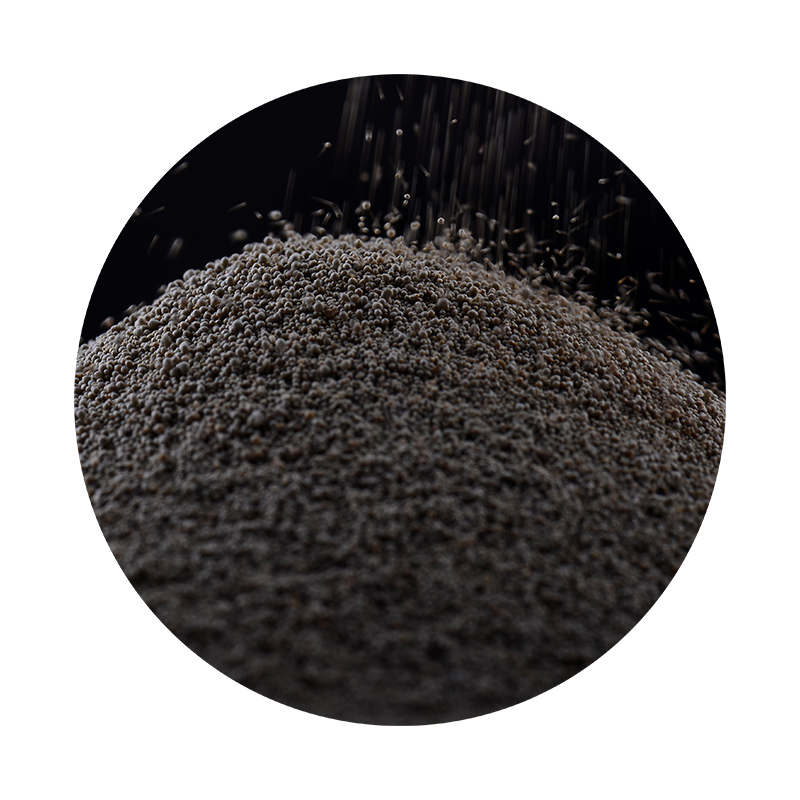The Synergy of Resin and Sand Unleashing Creative Potential in Art and Construction
In the realms of art and construction, combining resin with sand has emerged as a captivating and versatile technique that not only enhances aesthetics but also improves functionality. By merging these two materials, artists and builders unlock a world of creativity, enabling them to craft stunning, durable, and innovative designs.
Resin, a synthetic polymer, possesses remarkable properties that make it an excellent medium for various applications. Its ability to cure quickly and harden into a robust form allows artists to capture intricate details and produce stunning visual effects. On the other hand, sand, a natural granule, is abundant and versatile, offering texture and stability. When combined, resin and sand create a composite material that is both visually appealing and functional.
One of the most exciting aspects of using resin with sand is the ability to manipulate colors and textures. Artists can incorporate tinted resins or different types of sand to achieve endless variations in hue and finish. For example, using colored sand can create breathtaking gradients, while clear epoxy resin highlights the natural beauty of the sand's texture. This interplay of materials is particularly appealing in the creation of art pieces, such as sculptures, wall art, and even jewelry. Artisans can employ this technique to replicate natural landscapes, capturing the essence of a beach or desert in a striking, tangible form.
In construction, the combination of resin and sand has also proven to be invaluable. This mixture is increasingly used in flooring solutions—offering durability, resistance to wear, and aesthetic enhancement. Resin-bound sand surfaces are commonly installed in outdoor spaces like driveways, patios, and walkways. They provide a smooth finish while allowing water to permeate through, reducing runoff and flooding—a crucial benefit in today’s climate-conscious world.
resin with sand

Moreover, this innovative mixture serves as a reliable binding agent in concrete applications. When sand is coated with resin, the resulting material exhibits improved strength and longevity, enhancing the overall integrity of structures. Engineers can leverage this technique to produce bricks or tiles that withstand harsh weather conditions while maintaining a sophisticated appearance.
Beyond practical applications, the resin with sand technique has become a staple in DIY crafts and home décor projects. Hobbyists flock to this method for making coasters, tabletops, and decorative items. The simplicity of the process allows individuals to experiment with their creativity without needing professional skills. Tutorials and online platforms have proliferated, providing inspiration for countless projects that add personal flair to homes.
Environmental considerations have also driven innovations in this area. Many manufacturers are now exploring sustainable resin options and natural sands, aligning with growing consumer demands for eco-friendly products. This approach not only conserves resources but also promotes a shift towards responsible craftsmanship.
In conclusion, the fusion of resin and sand represents a powerful synergy that expands the boundaries of both art and construction. This combination not only yields beautiful and functional products but also invites individuals to explore their creativity. As artists, builders, and DIY enthusiasts continue to experiment with this technique, we can expect to see an exciting evolution in design and architecture. Whether creating stunning artwork or improving urban landscapes, resin with sand is more than just a mixture; it is a medium of expression and innovation, shaping our environments in previously unimagined ways.
Post time:Th12 . 12, 2024 11:40
Next:sanding small 3d prints
